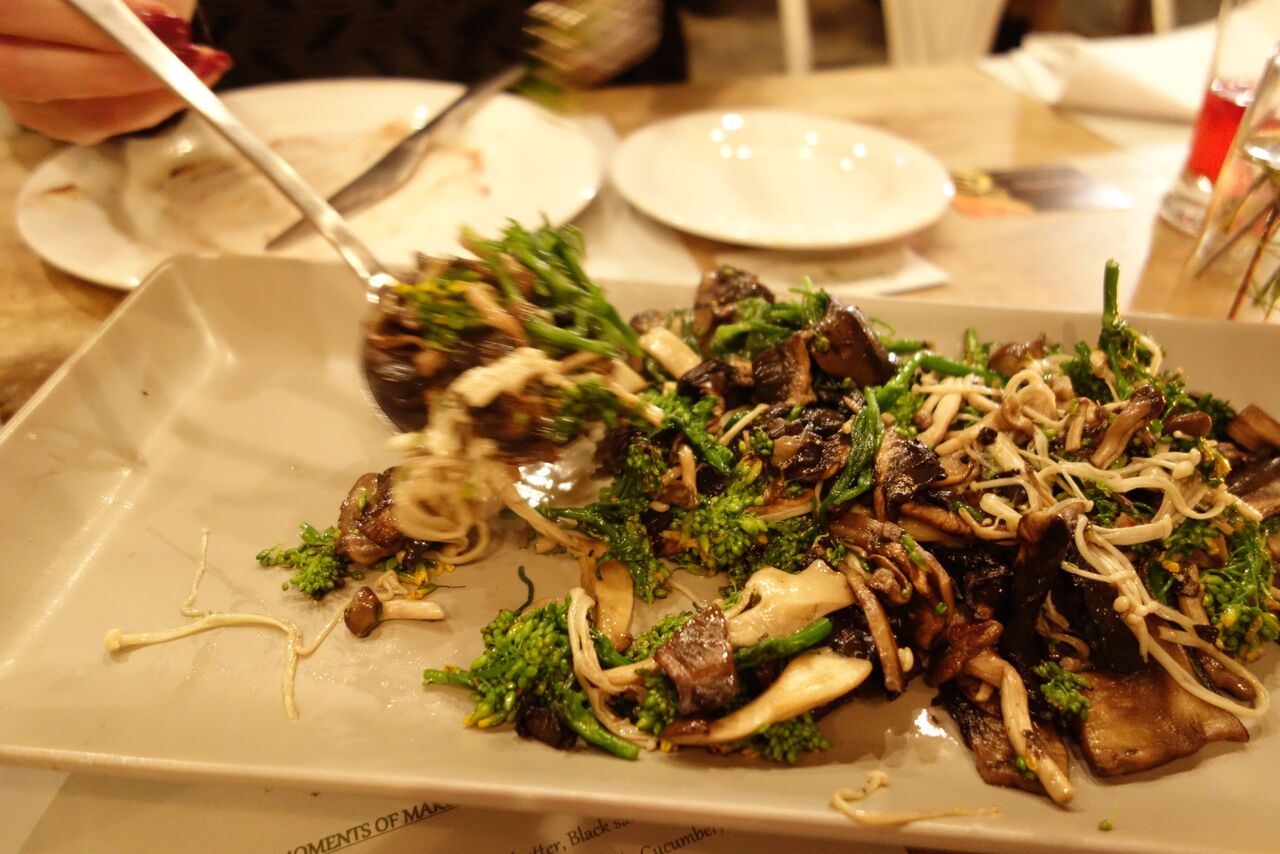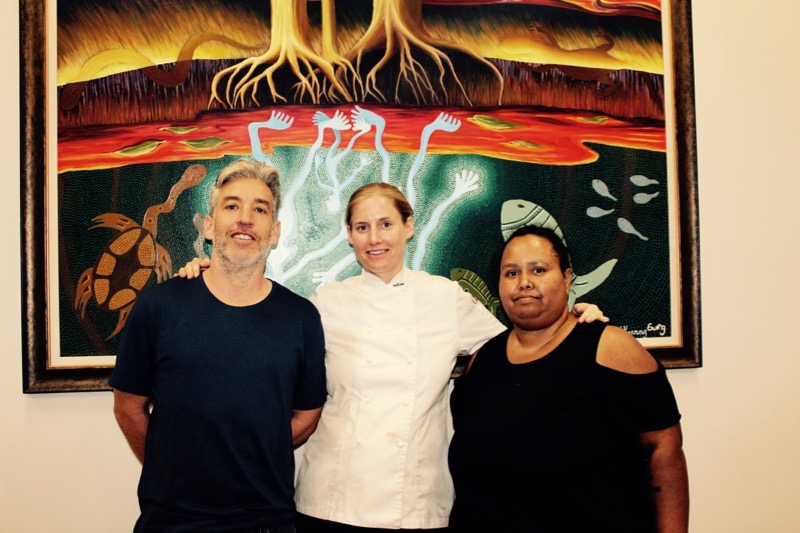Pau or Bao, is a staple food throughout Asia, and a particular favourite for Singaporeans. From hawkers markets, to well-known Dim Sum restaurants and small convenience stores, fresh bao can contain many different fillings for that quick snack or as the star of a lunch time platter.
Interestingly, when you see bao buns sitting in big bamboo steamers or lined up in small cabinets in Singapore, they have different coloured dots on the top of them. It is intriguing, this colour coding of doughy goodness, and extremely organised. For those of you trying to decode the numerous bao buns on offer throughout Singapore, this is what we have tasted: the Char Siew Pork meat bao (red dot); the Vegetable bao (green dot); the curried chicken bao (dark orange dot); the Yam bao (light yellow dot); and the bao filled with red bean paste which has no dot at all!
But probably one of our favourites is the larger round meat bao, gorgeously rich and tender, with a flavour that fills the mouth and makes you want more. So, we thought, why not try a fresh steamed bao bun with some delicious Australian game meat? Maybe Kangaroo or even Emu?
Here is a relatively easy recipe that brings together the light and springy Chinese bao dough with slowly braised Australian Emu shank, infused with native Australian spices. Give it a try to really impress people at your next Asian inspired dinner party.
EMU BAO
For the Emu filling:
5 Emu drums (or 1.5kg)
Handful of dry native lemongrass
Ten dried pepperberries, crushed
2 sprigs native thyme
5 riberries
3 tbsp chilli bean paste
1ltr game stock
200ml red wine
2tbsp dark soy
1tbsp hoisin
2 tbsp honey
2 tbsp rice wine vinegar
1 onion, chopped
2 stalks celery chopped
2 cloves garlic, whole
Take emu drums, trip off excess sinew, rub with crushed pepper berries and chilli paste and place in a glass dish. Cover with wine, herbs and the cooled stock. Marinate overnight. Remove drums, pat dry and season with salt and pepper. Retain the marinade liquid.
Take a roasting pan and heat the oil. Saute the onion and celery, add the garlic cloves and colour the emu drums nicely. Pour over the retained marinade liquid (add more stock if necessary to completely cover the emu) and simmer slightly over heat.
Cover roasting tin with foil and place in preheated oven at 160 degrees. Cook for 3 hours or until meat falls off the bone.
Combine the honey, soy sauce, hoisin, rice wine vinegar in a pan, simmer and reduce slightly to a thickened sauce.
Remove meat from the emu drums and chopped. Take remaining braising liquid, strain through fine muslin, then place in pan and reduce until thick. Add the soy sauce mixture to this sauce and check for flavour and seasoning.
Combine the sauce with the emu meat, ready to fill the buns.
For the Bao Dough:
550g all-purpose flour or bao flour (this can be found at asian supermarkets)
100g cornstarch
5gr dry yeast
3 tbsp white sugar
300ml warm milk
1/2 tsp rice wine vinegar
2 tbsp groundnut oil
1/2 tsp pepperberry, ground
Mix together the flour, 2 tbsp sugar and cornstarch.
Combine the milk, remaining sugar and yeast. Let sit for 15 minutes until the yeast activates and foams. Add this to the flour mixture slowly until combined.
Add oil and vinegar to mix and bring together into a dough with hands.
Put in stand mixer with dough hook and allow to knead for for 10 minutes until it is smooth and springy to the touch. If kneading by hand, this can take up to twelve minutes.
Place in an oiled bowl, cover with cling film and allow to rise, just like bread, in a warm place for up to an hour until it has doubled in size.
Punch down dough to remove all the air bubbles and then shape into smooth balls (20-30 depending on the portion size desired). Indent and make a large hole in the middle of the dough and push out the sides to form a small, even-sided bowl shape. Fill with 1 tbsp of emu meat mix, then wrap the edges around the filling so that they meet at the top (like putting something in a bag and gathering it at the top with an elastic band). Take the gathers at the top in one hand and with the other at the base of the bun ball, twist slightly to create the signature bao puckering at the top.
Place each bun on a square of parchment paper and into a bamboo steamer. Allow to proof again in a warm place until the dough springs back slightly when touched and place steamer basket on top of pain of boiling water. Steam for 12 minutes.
Tips:
Don’t overproof the dough as this will lead the buns to go wrinkly and to collapse.
When the buns are finished steaming, slight open the lid and allow them to sit in the steamer basket for 6 more minutes before taking lid off fully - this will stop them from collapsing also.
You can also make these by braising kangaroo tails in the same way.
Serve these buns with the traditional condiments of oyster or plum sauce or try with our Pickled Native Ginger and Quandong dipping sauce for that extra Australian flavour (coming up in our next blog post).
Interesting Fact:
Did you know that the female Emu makes a very cool, deep drumming sound? Since we are using Emu drums in this recipe we thought this was kinda neat! Check it out



















